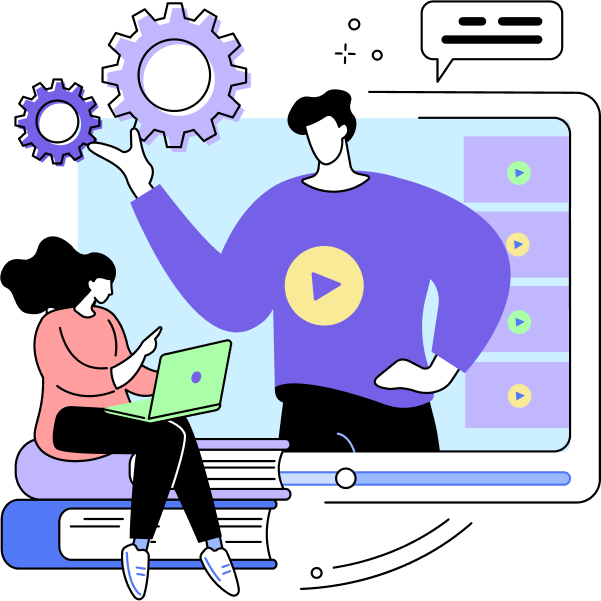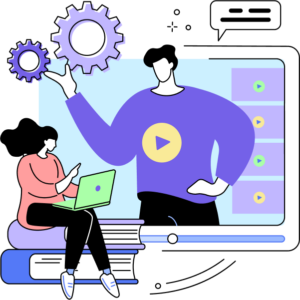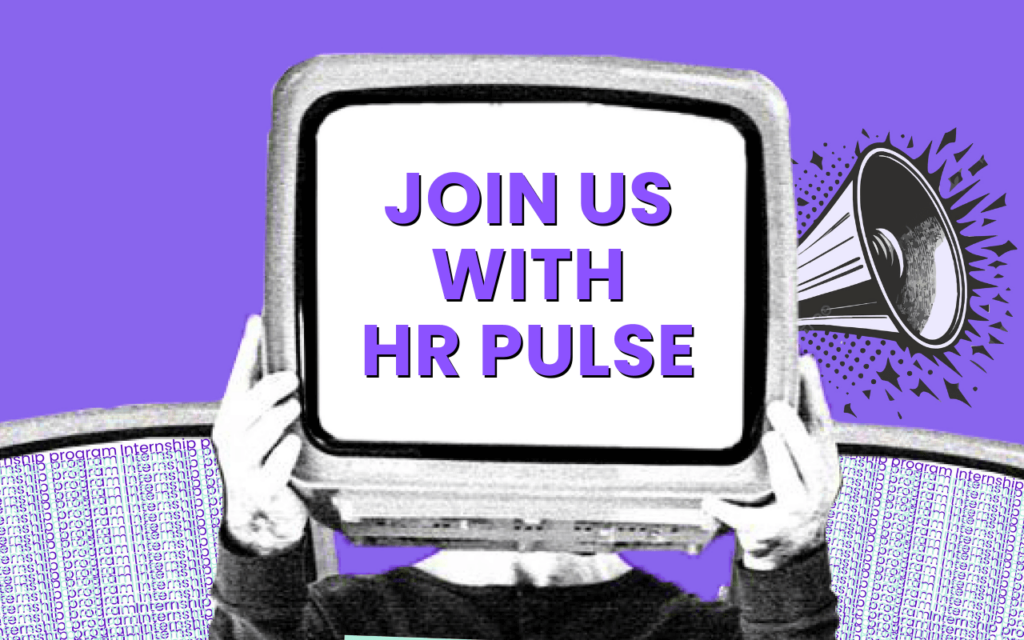A Human Resource Management System (HRMS) is a software platform designed to help HR teams manage the full scope of employee-related tasks and processes. From hiring and onboarding to payroll, performance tracking, and compliance, an HRMS centralizes and automates routine HR functions, improving efficiency and accuracy across the organization.
Many HR professionals and SaaS providers use the terms HRMS and HRIS (Human Resource Information System) interchangeably, though HRMS platforms often offer a broader set of features, including both administrative and strategic HR functions.
Key Functions of an HRMS
An HRMS typically supports a wide range of HR activities, such as:
- New hire documentation and onboarding
- Time and attendance tracking
- Payroll and benefits management
- Performance evaluation
- Paid time off (PTO) tracking
- Compliance with local and federal labor laws
- Workforce data analytics and reporting
- Employee engagement and self-service access
Human Resources Management vs. HRMS
| Term | Description |
| Human Resources Management (HRM) | A strategic function that includes recruiting, hiring, training, policy creation, payroll, compliance, and retention of employees. |
| Human Resource Management System (HRMS) | A software tool that supports and automates the processes involved in HRM, helping HR teams operate more efficiently and make informed decisions. |
While an HRMS supports HRM processes, it is a tool, not a replacement, for thoughtful HR strategy.
HRMS vs. HRIS: What’s the Difference?
| HRIS | HRMS |
| Focuses on core administrative HR tasks like payroll, benefits, and recordkeeping | Includes core functions plus broader features like onboarding, performance tracking, and employee engagement |
| Historically used for quantitative employee data | Supports both quantitative and qualitative HR data and workflows |
| More narrowly defined | Often includes AI, analytics, and process automation for strategic decision-making |
In today’s HR tech landscape, most software platforms blend the two and use the terms interchangeably.
5 Key Benefits of Using an HRMS
- Automation of Manual Tasks: Saves time and minimizes human error by automating repetitive HR functions like payroll runs, leave calculations, and reminders.
- Improved Communication: Features like employee self-service, automatic notifications, and shared dashboards keep everyone informed and connected.
- Cross-Team Collaboration: A centralized platform eliminates silos by allowing HR, finance, and management to access shared data in real time.
- Streamlined HR Workflows: Manages the entire employee lifecycle, from applicant tracking and onboarding to offboarding, without toggling between multiple systems.
- Higher Employee Satisfaction: Supports engagement through performance tracking, feedback tools, and career growth planning, improving morale and retention.
How Does an HRMS Work?
Most HRMS platforms are cloud-based, offering secure and remote access for HR staff and employees. Key operational features include:
- Custom Modules & Integrations: Companies can tailor the system with apps that suit their specific workflows (e.g., recruitment, performance reviews, training).
- Employee Self-Service Portals: Staff can view pay stubs, request PTO, update personal info, and review company documents through individual logins.
- Real-Time Updates: Changes made in one part of the system are automatically reflected across all modules, for example, updating an employee handbook and notifying staff in-platform.
An HRMS is a powerful tool for centralizing and automating HR operations. While it doesn’t replace the need for thoughtful human resource management, it empowers HR professionals to focus on strategic initiatives by streamlining administrative tasks, improving compliance, and delivering better employee experiences.









